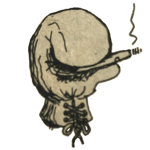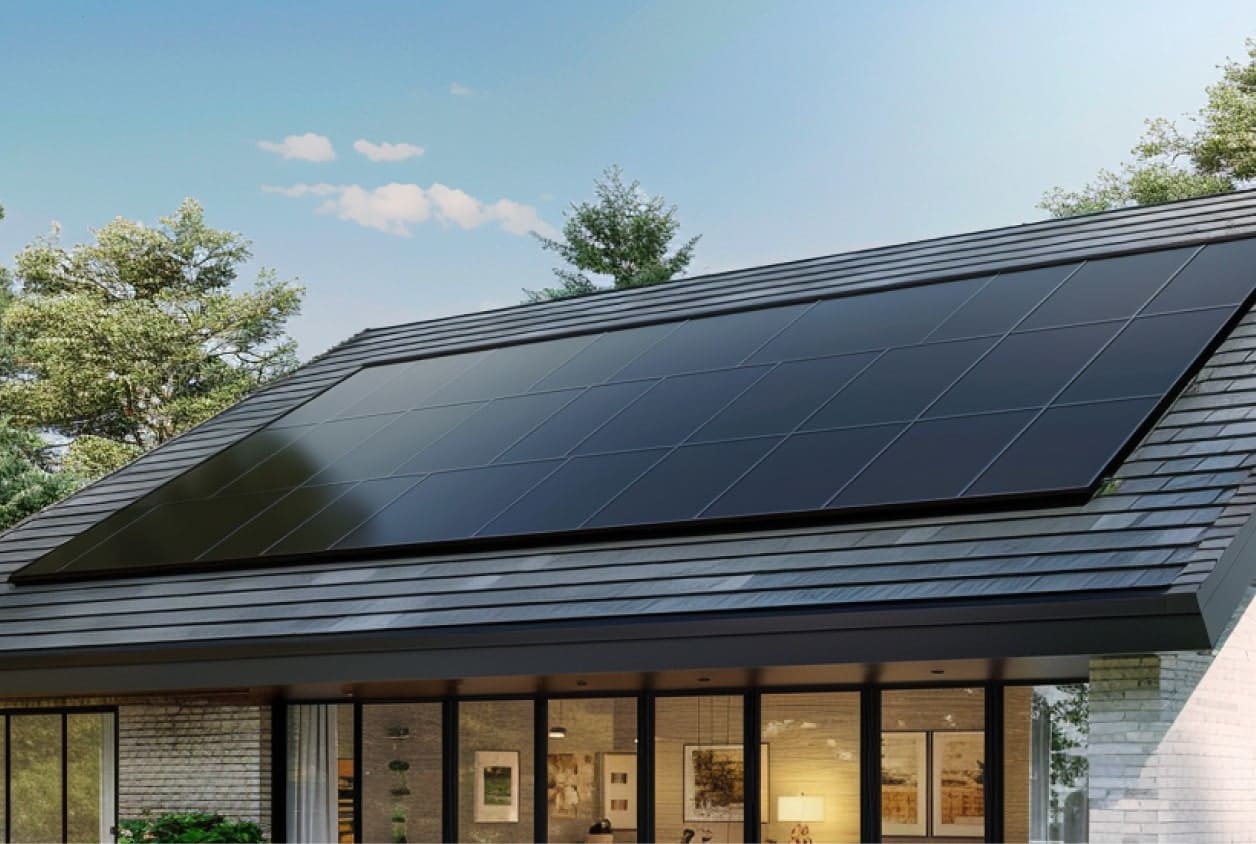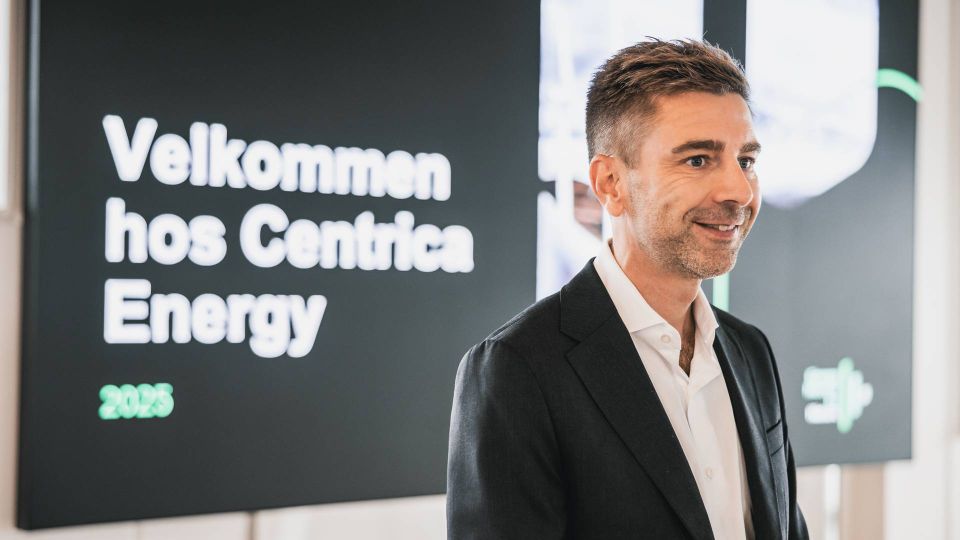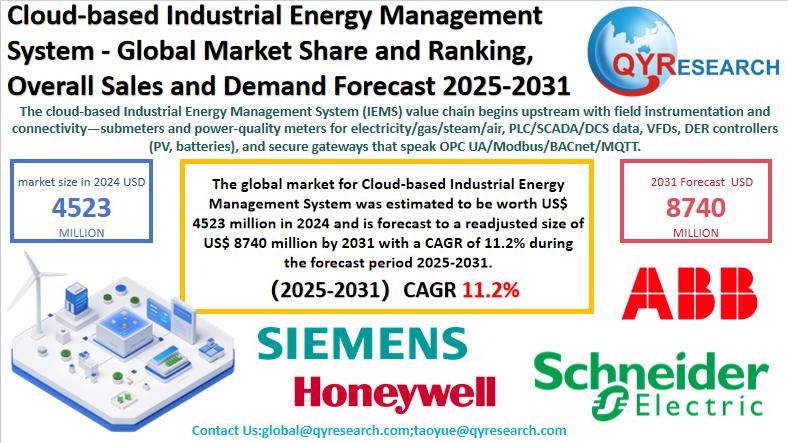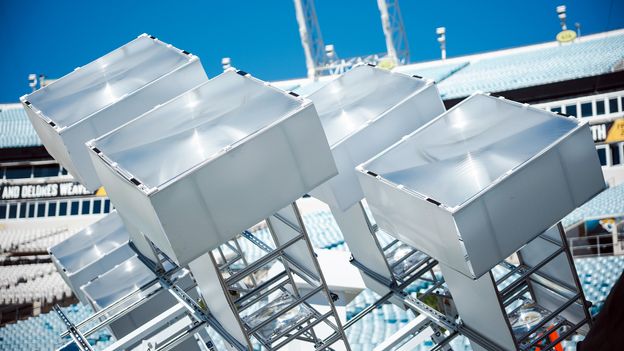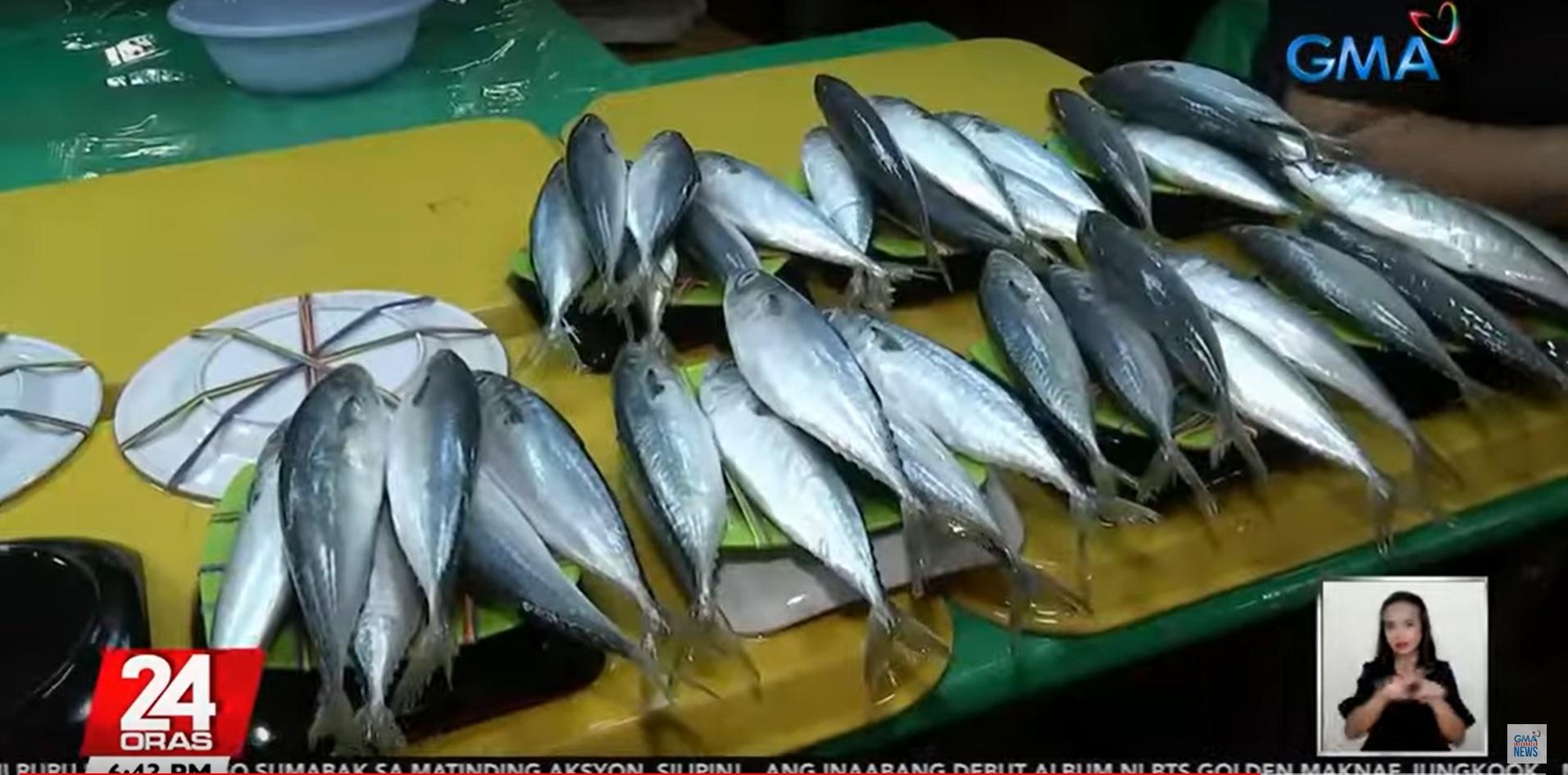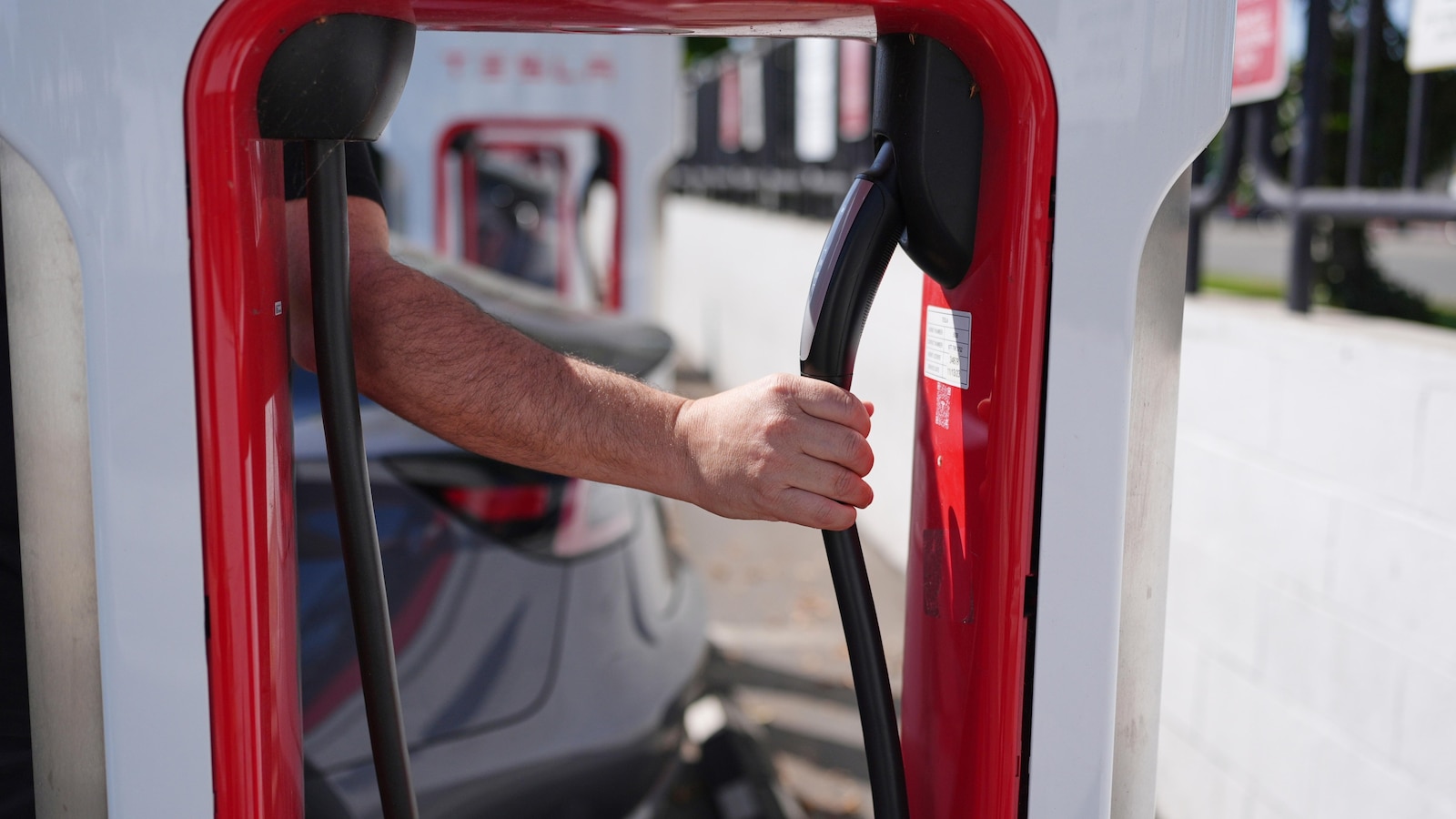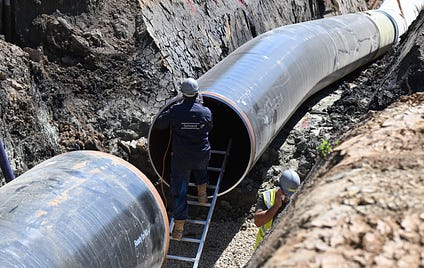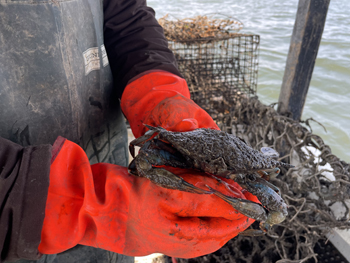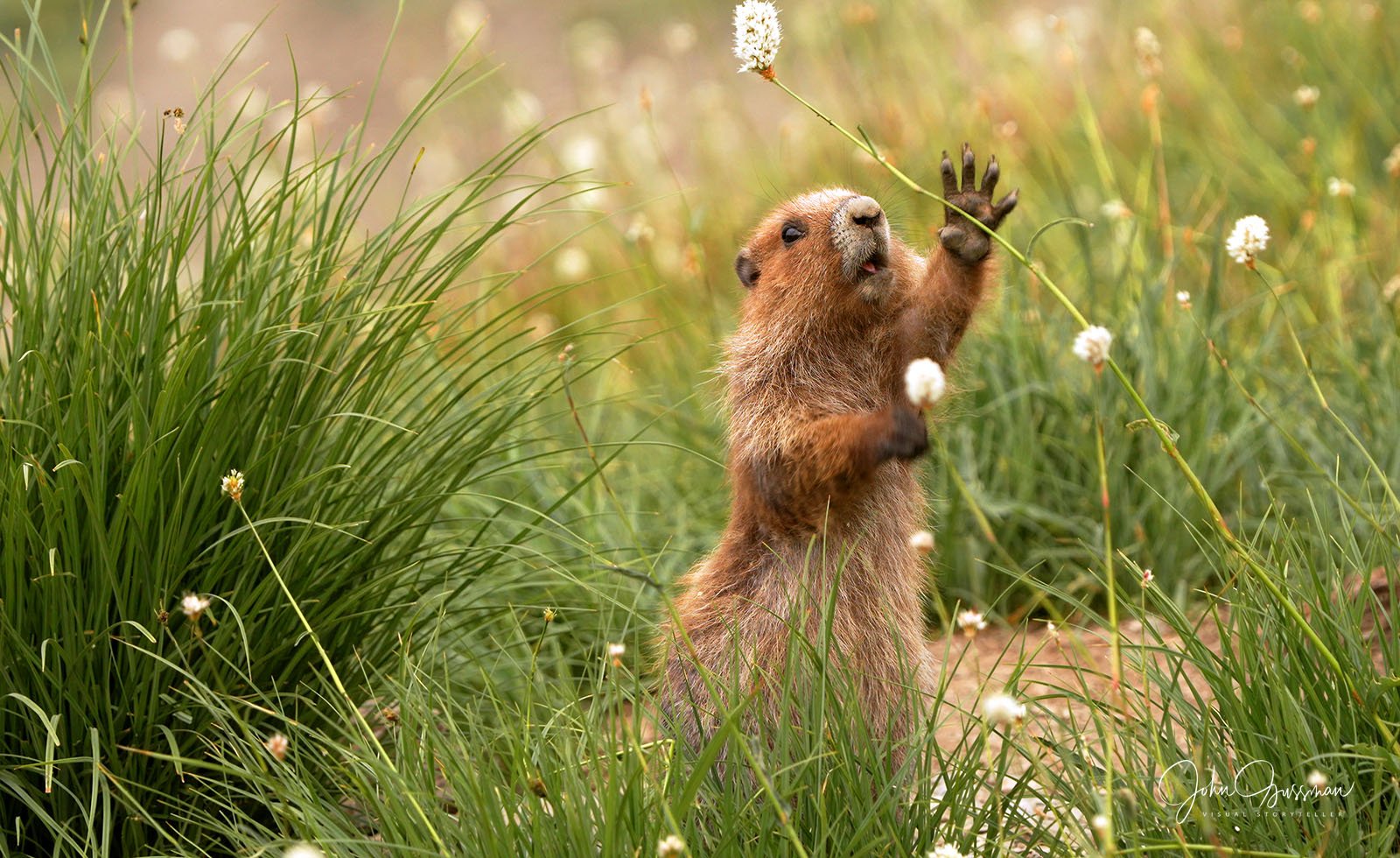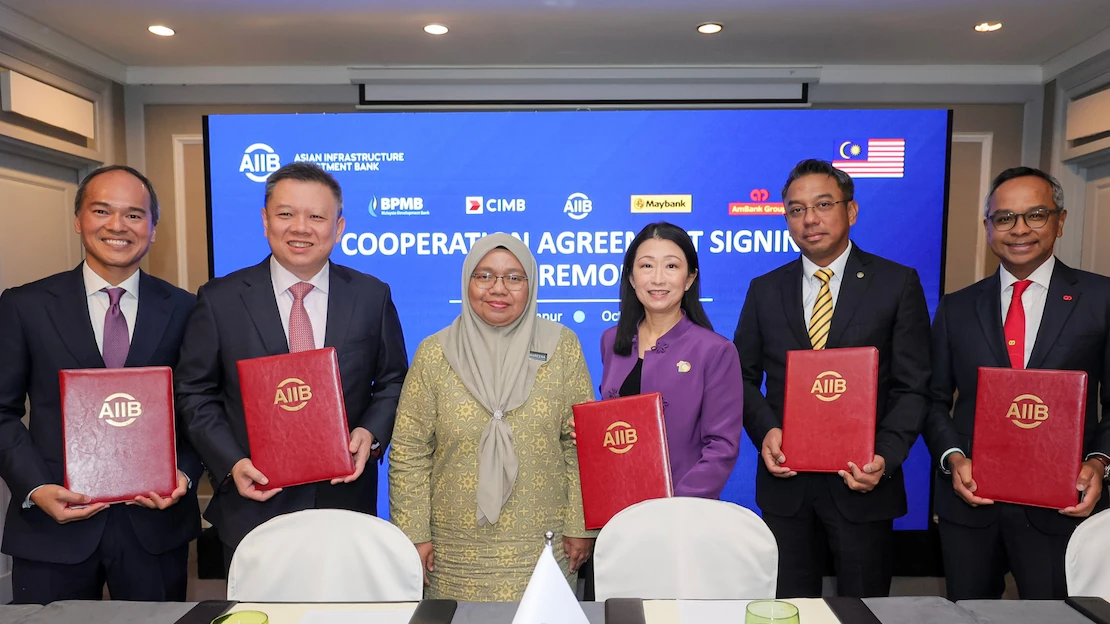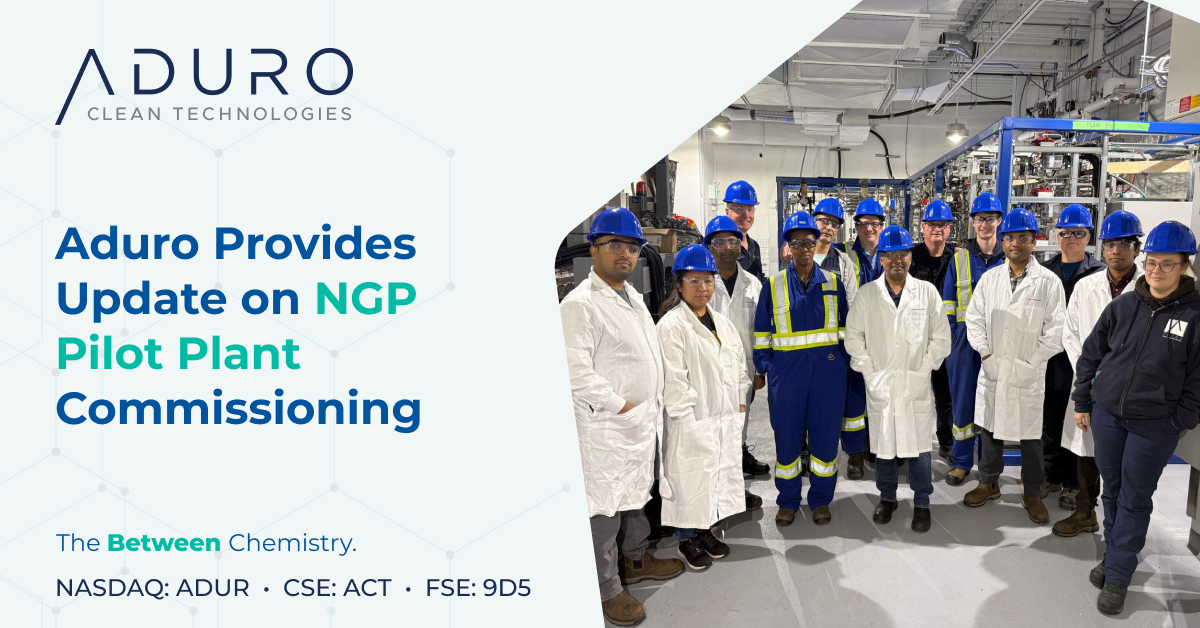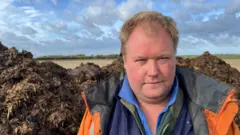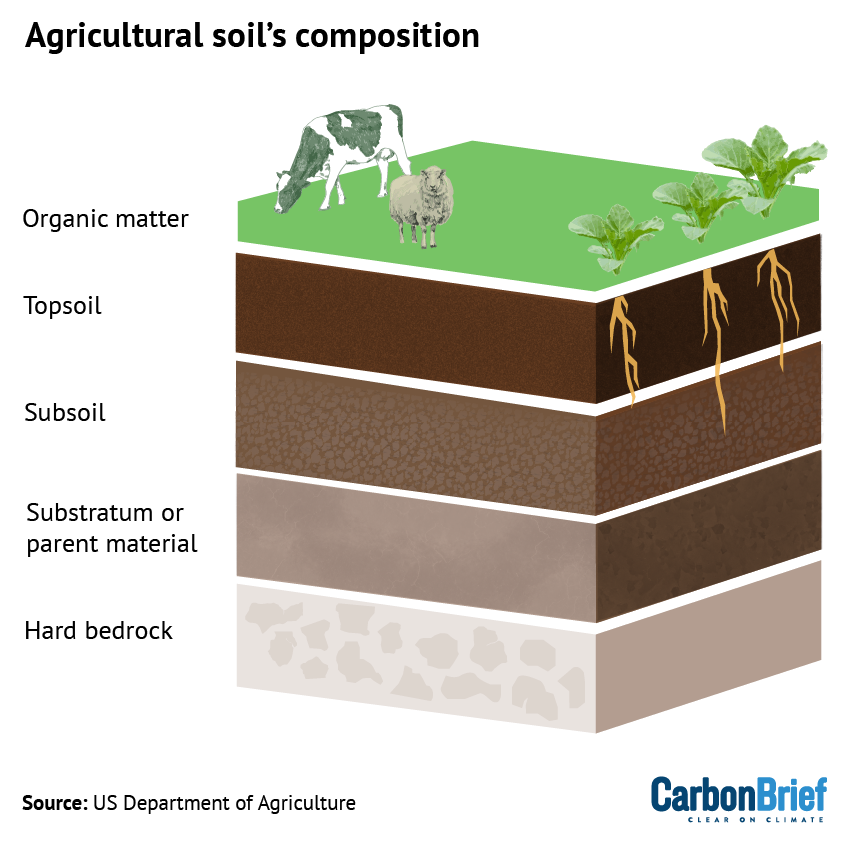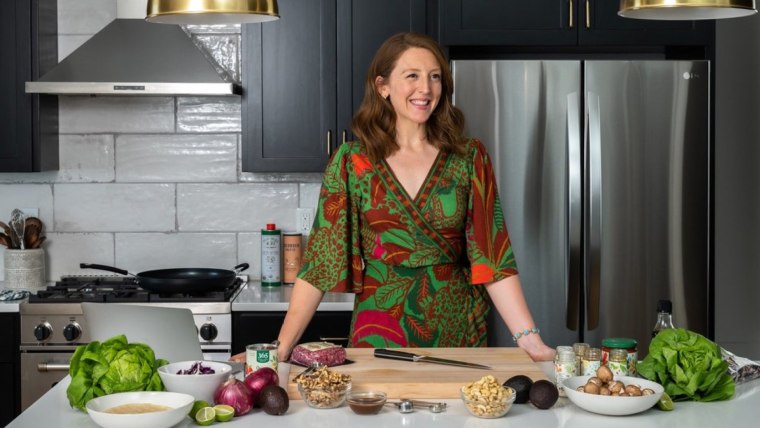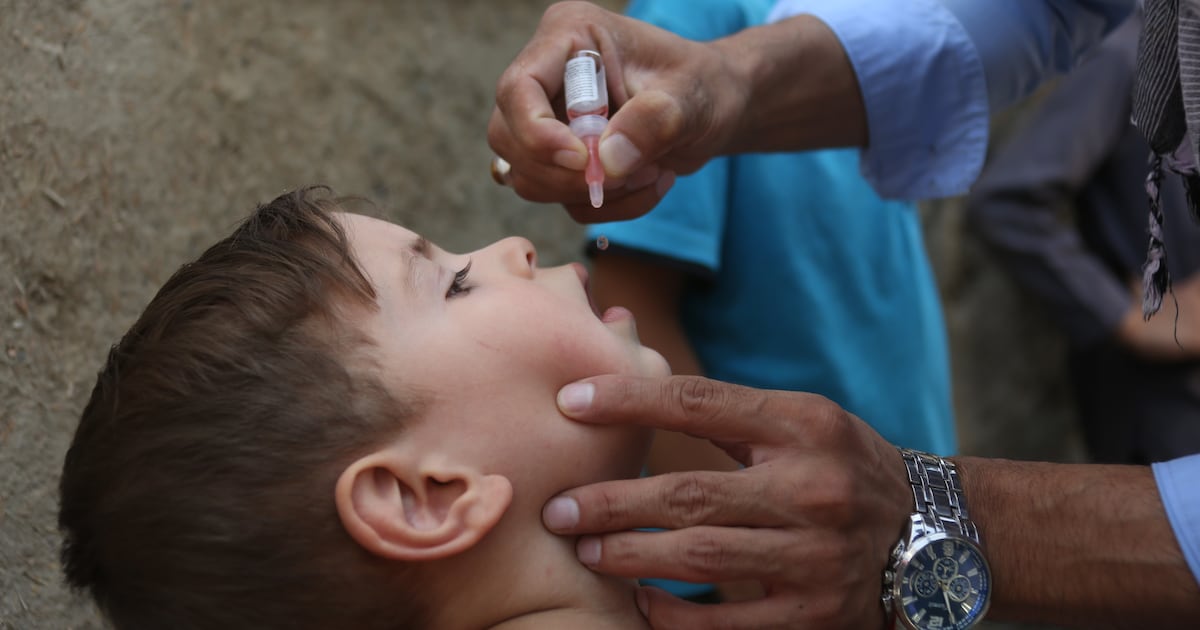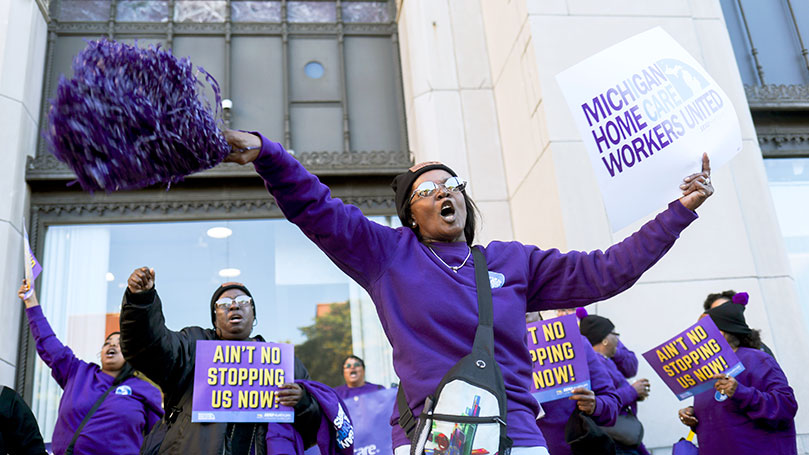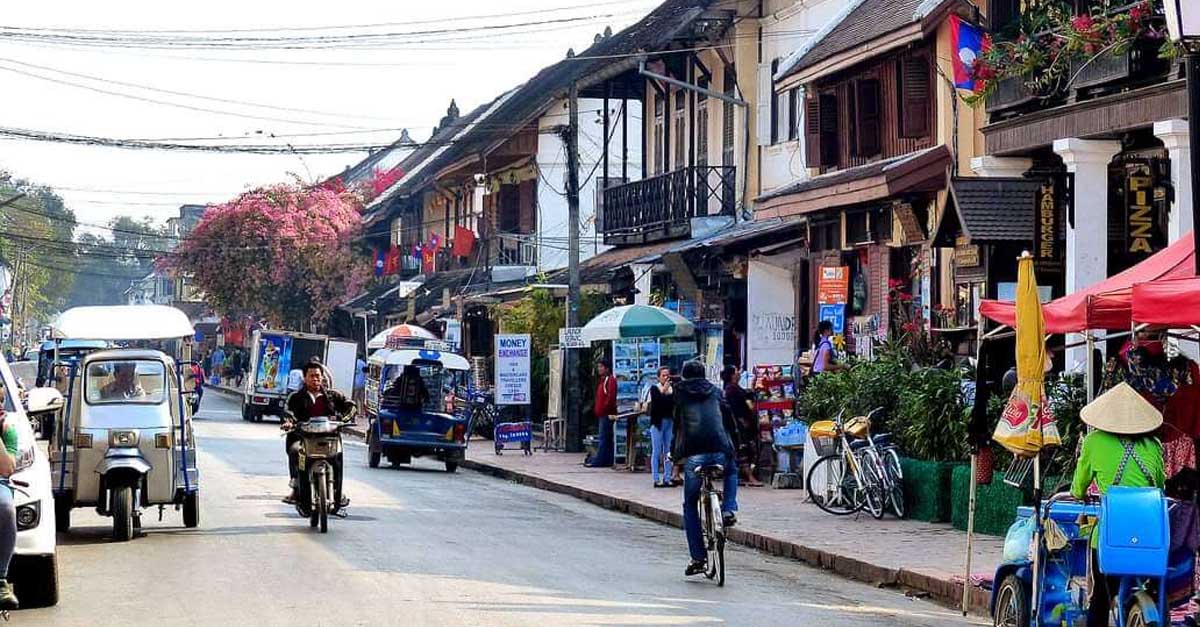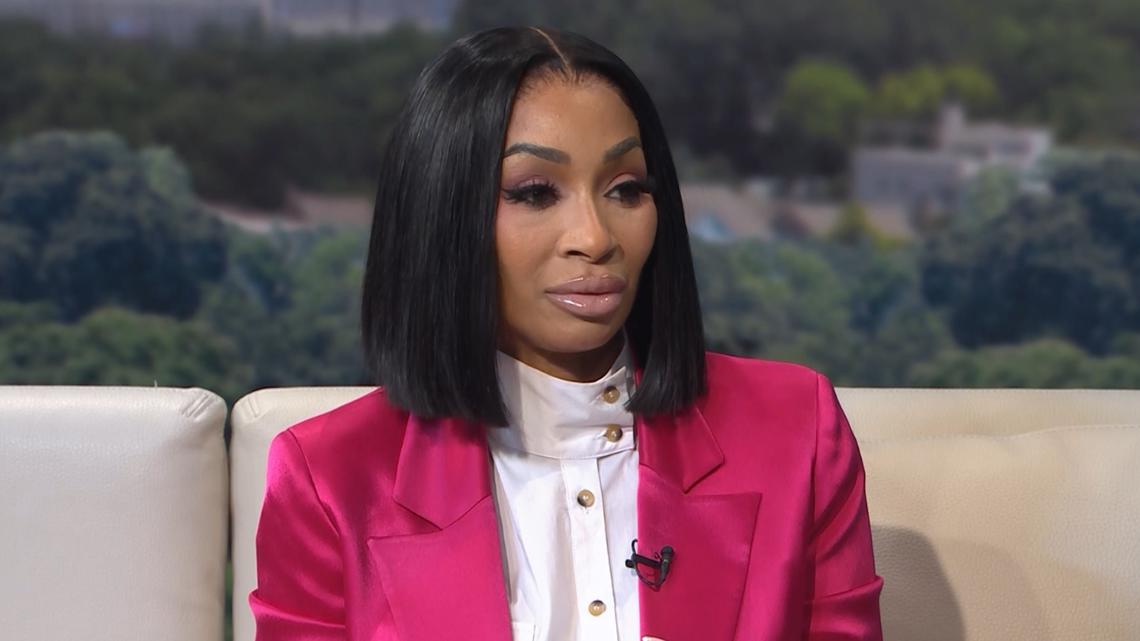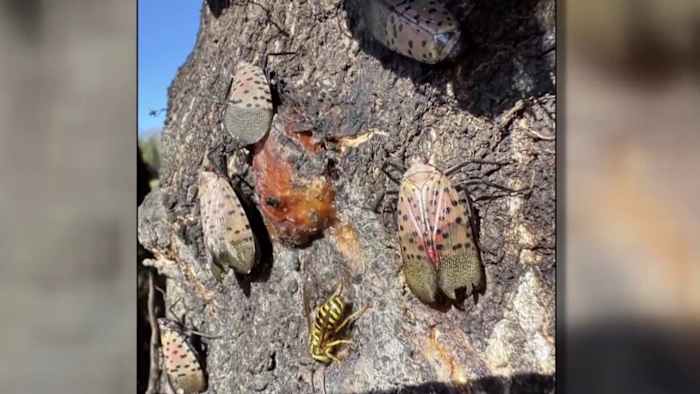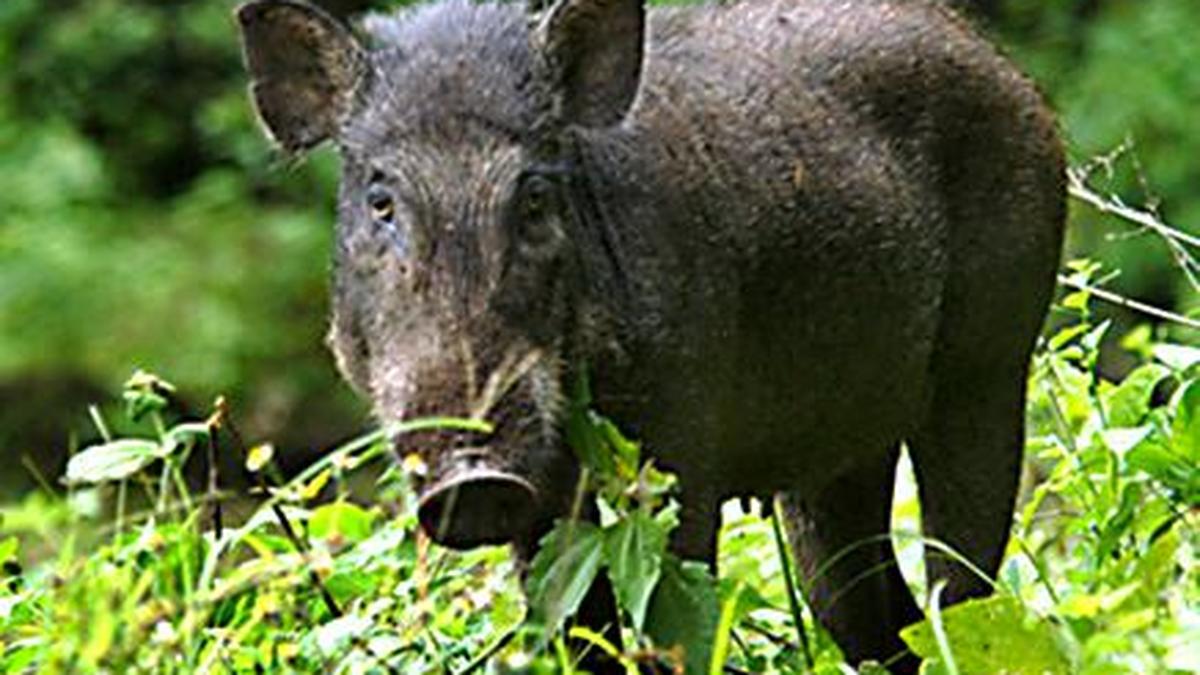Boise man hopes to create a wetland peace preserve to honor his late wife – KTVB

Report on the Proposed Wetland Peace Preserve and its Contribution to Sustainable Development Goals
Project Overview and Alignment with SDG 11: Sustainable Cities and Communities
A proposal is underway in Boise, Idaho, to develop a neglected 18-acre parcel of land into the Wetland Peace Preserve. This initiative directly supports the objectives of SDG 11 by transforming underutilized urban land into an inclusive, safe, and accessible green public space. The project aligns with the City of Boise’s established goal of ensuring every resident has access to a park or open space within a ten-minute walk.
- Project Vision: To create a park dedicated to peace and community collaboration, converting what is currently perceived as a wasteland into a flourishing public asset.
- Key Features: The proposed park will include pathways, peace poles, and a 21,000-pound sandstone centerpiece, designed to celebrate the citizens of Boise.
- Proponent: The project is led by resident John Lodal as a personal mission to honor his late wife.
Conservation and Biodiversity Efforts: Advancing SDG 15 (Life on Land)
The core mission of the Wetland Peace Preserve is the protection and restoration of a vital local ecosystem, a key target of SDG 15 (Life on Land). The development plan emphasizes a minimal environmental footprint and prioritizes the conservation of the existing natural habitat.
- Conservation Focus: The primary feature of the preserve is the wetland itself. The development plan stipulates that 95% of the 18-acre parcel will be left undisturbed under a conservation easement.
- Habitat Restoration: Foundational work for the project began five years prior with the planting of nearly 1,200 native plants, contributing to the restoration of the terrestrial ecosystem and local biodiversity.
- Sustainable Land Use: Development will be restricted to just 5% of the total area, ensuring the ecological integrity of the wetland is maintained.
Fostering Community Well-being and Peace: Addressing SDG 3 and SDG 16
The preserve is designed to be a space that fosters social cohesion and personal well-being. This dual focus contributes to SDG 3 (Good Health and Well-being) and SDG 16 (Peace, Justice and Strong Institutions). By providing accessible green space, the project promotes improved mental and physical health for the community. Furthermore, its central theme is to celebrate the collaborative and peaceful nature of the Boise community, providing a physical space for reflection and unity that encourages finding common ground among citizens.
Gender Equality and Recognition: A Commitment to SDG 5
The project has a significant focus on SDG 5 (Gender Equality) by honoring the community service of a local woman, the late Pam Lodal. The proponent’s stated ambition is for the Wetland Peace Preserve to be integrated into Boise’s “ribbon of jewels,” a series of 11 city parks along the Boise River already named in honor of women who have made significant contributions to the city. This act of public commemoration elevates the visibility of women’s roles in community building and leadership.
A Model for Collaborative Funding: SDG 17 (Partnerships for the Goals)
The realization of the Wetland Peace Preserve depends on a partnership model that reflects the spirit of SDG 17 (Partnerships for the Goals). The project requires a combination of private investment and public fundraising before approval for construction is granted by Boise Parks and Recreation.
- Total Estimated Cost: $700,000
- Private Seed Funding: $300,000 has been personally committed by John Lodal.
- Community Fundraising Goal: An additional $400,000 must be raised from the community and other partners.
This funding structure demonstrates a collaborative, multi-stakeholder approach to achieving shared community and sustainability objectives, inspiring citizens to be in service to their own community.
Analysis of Sustainable Development Goals (SDGs) in the Article
1. Which SDGs are addressed or connected to the issues highlighted in the article?
-
SDG 5: Gender Equality
- The article highlights that the existing 11 city parks along the Boise River are “all named after women in honor of their contribution to the city.” The proposed Wetland Peace Preserve continues this tradition by honoring the project founder’s late wife, Pam, for her service to the community. This act of naming public spaces after women recognizes and celebrates their contributions to public life.
-
SDG 11: Sustainable Cities and Communities
- The article directly addresses this goal by discussing the city of Boise’s objective to “have a park or open space within a ten-minute walk from any Boise resident’s home.” The creation of the Wetland Peace Preserve is a tangible project aimed at increasing accessible public green space for citizens, transforming a “neglected” piece of land into a community asset.
-
SDG 15: Life on Land
- The project is centered on environmental preservation. The article states, “the main star here at the WPP is the wetland, we’re going to leave most of it alone.” It also mentions that the project began five years ago with the planting of “nearly 1,200 native plants.” This demonstrates a clear focus on protecting and restoring a local terrestrial ecosystem and its biodiversity.
-
SDG 16: Peace, Justice and Strong Institutions
- The proposed park is explicitly named the “Wetland Peace Preserve.” The founder’s intention is to “celebrate peace and the citizens of the City of Trees” and to create a space that acknowledges the community’s ability to “get along and to find common ground.” This initiative promotes peaceful and inclusive societies at a local level.
-
SDG 17: Partnerships for the Goals
- The project exemplifies a civil society partnership. It is a citizen-led initiative started by John Lodal, who is personally funding a significant portion and fundraising from the community to reach the $700,000 goal. This collaboration between a private citizen, the wider community (through donations), and the local government (Boise Parks and Rec, which must approve the project) is a model for achieving sustainable development goals.
2. What specific targets under those SDGs can be identified based on the article’s content?
-
Target 11.7: Provide universal access to safe, inclusive and accessible, green and public spaces.
- The article mentions Boise’s city-wide goal of ensuring a park is within a “ten-minute walk” for every resident. The development of the 18-acre Wetland Peace Preserve directly contributes to this target by creating a new, accessible public green space for community use.
-
Target 15.5: Take urgent and significant action to reduce the degradation of natural habitats and halt the loss of biodiversity.
- The project’s plan to preserve a wetland, which is described as the “main star” of the preserve, and to restore the area by planting “nearly 1,200 native plants” directly aligns with this target. It is an action to protect and restore a local natural habitat.
-
Target 16.7: Ensure responsive, inclusive, participatory and representative decision-making at all levels.
- The project is a grassroots, citizen-led initiative (“one man’s mission”) that seeks to build a space celebrating community values like peace and collaboration. This participatory approach to developing public spaces reflects the spirit of inclusive community-building central to this target.
-
Target 5.5: Ensure women’s full and effective participation and equal opportunities for leadership… in public life.
- While not about participation in decision-making, the practice of naming parks after women, including the proposed park honoring Pam Lodal, serves to publicly recognize and value the contributions of women to the community. This symbolic action supports the broader goal of acknowledging women’s role in public life.
-
Target 17.17: Encourage and promote effective public, public-private and civil society partnerships.
- The funding model for the Wetland Peace Preserve is a clear example of this target in action. It is a civil society initiative driven by a private citizen, seeking public donations, to create a park that will ultimately become a public asset managed in coordination with the city. The article states they need to raise $700,000 and are “hoping to inspire others.”
3. Are there any indicators mentioned or implied in the article that can be used to measure progress towards the identified targets?
-
Indicator for Target 11.7
- An implied indicator is the **proportion of the population with access to a public park within a 10-minute walk**, which is a stated goal of the city. A direct indicator is the **total area of the new public park**, which the article specifies as an 18-acre parcel.
-
Indicator for Target 15.5
- A specific indicator mentioned is the **number of native plants introduced**, which is “nearly 1,200.” Another is the **area of the protected wetland**, which is the majority of the 18-acre parcel.
-
Indicator for Target 5.5
- A quantifiable indicator is the **number of public parks named in honor of women**. The article mentions 11 existing parks plus the one proposed.
-
Indicator for Target 17.17
- A clear indicator is the **amount of private/community funding mobilized for the project**. The article specifies the total fundraising goal ($700,000) and the amount already committed by the founder ($300,000).
4. SDGs, Targets, and Indicators Summary
| SDGs | Targets | Indicators |
|---|---|---|
| SDG 11: Sustainable Cities and Communities | 11.7: Provide universal access to safe, inclusive and accessible, green and public spaces. |
|
| SDG 15: Life on Land | 15.5: Take urgent and significant action to reduce the degradation of natural habitats and halt the loss of biodiversity. |
|
| SDG 16: Peace, Justice and Strong Institutions | 16.7: Ensure responsive, inclusive, participatory and representative decision-making at all levels. |
|
| SDG 5: Gender Equality | 5.5: Ensure women’s full and effective participation and equal opportunities for leadership… in public life. |
|
| SDG 17: Partnerships for the Goals | 17.17: Encourage and promote effective public, public-private and civil society partnerships. |
|
Source: ktvb.com

What is Your Reaction?
 Like
0
Like
0
 Dislike
0
Dislike
0
 Love
0
Love
0
 Funny
0
Funny
0
 Angry
0
Angry
0
 Sad
0
Sad
0
 Wow
0
Wow
0



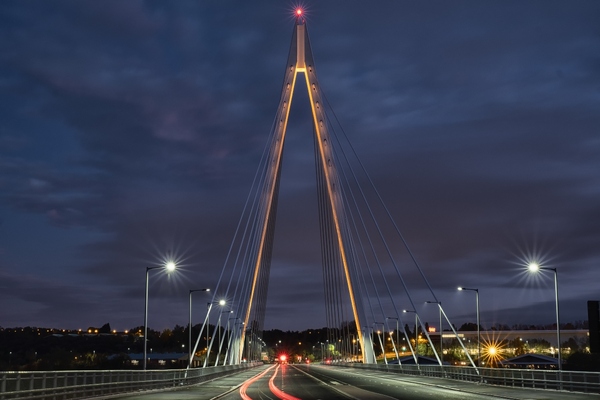


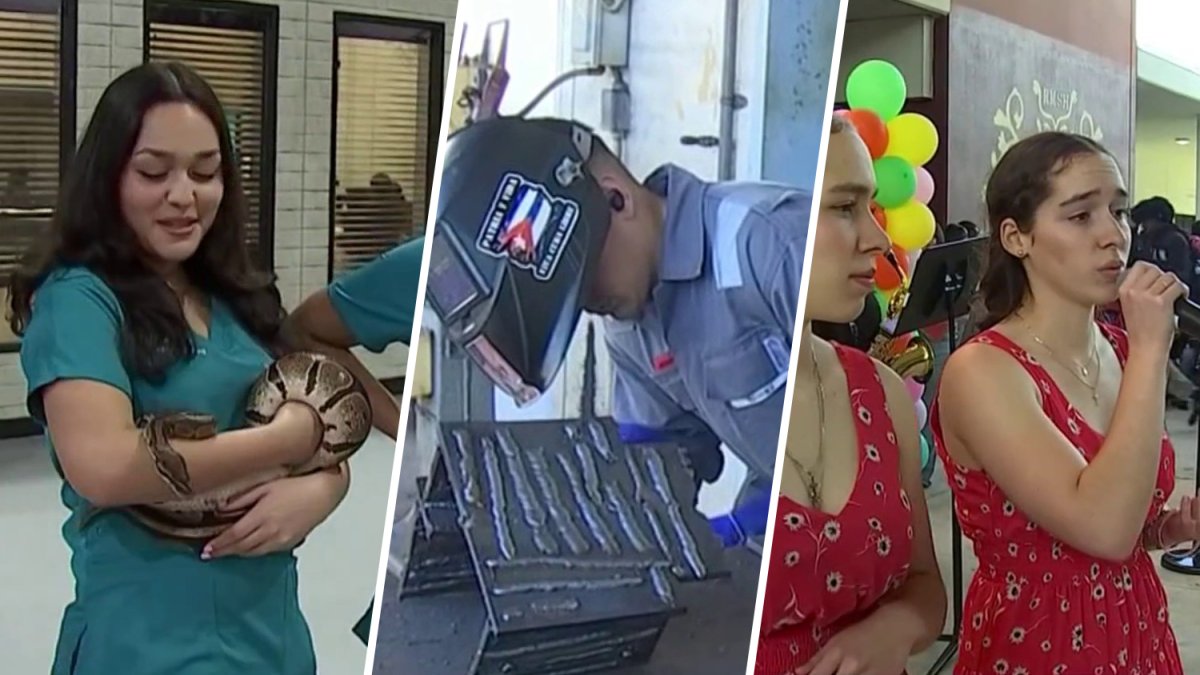
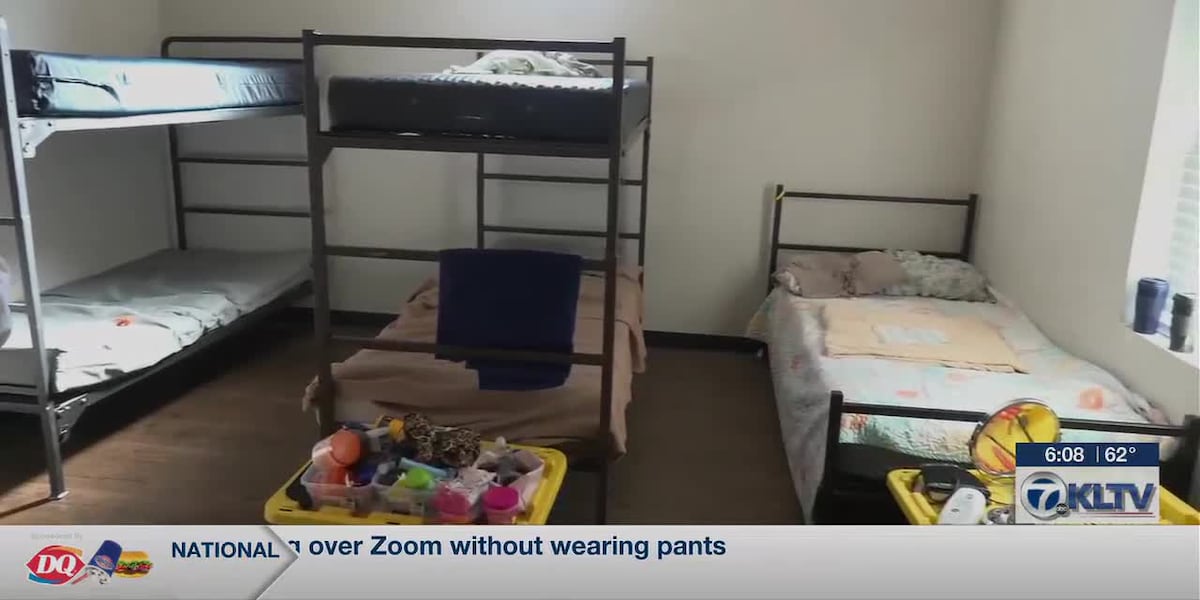
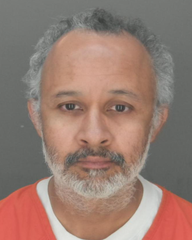
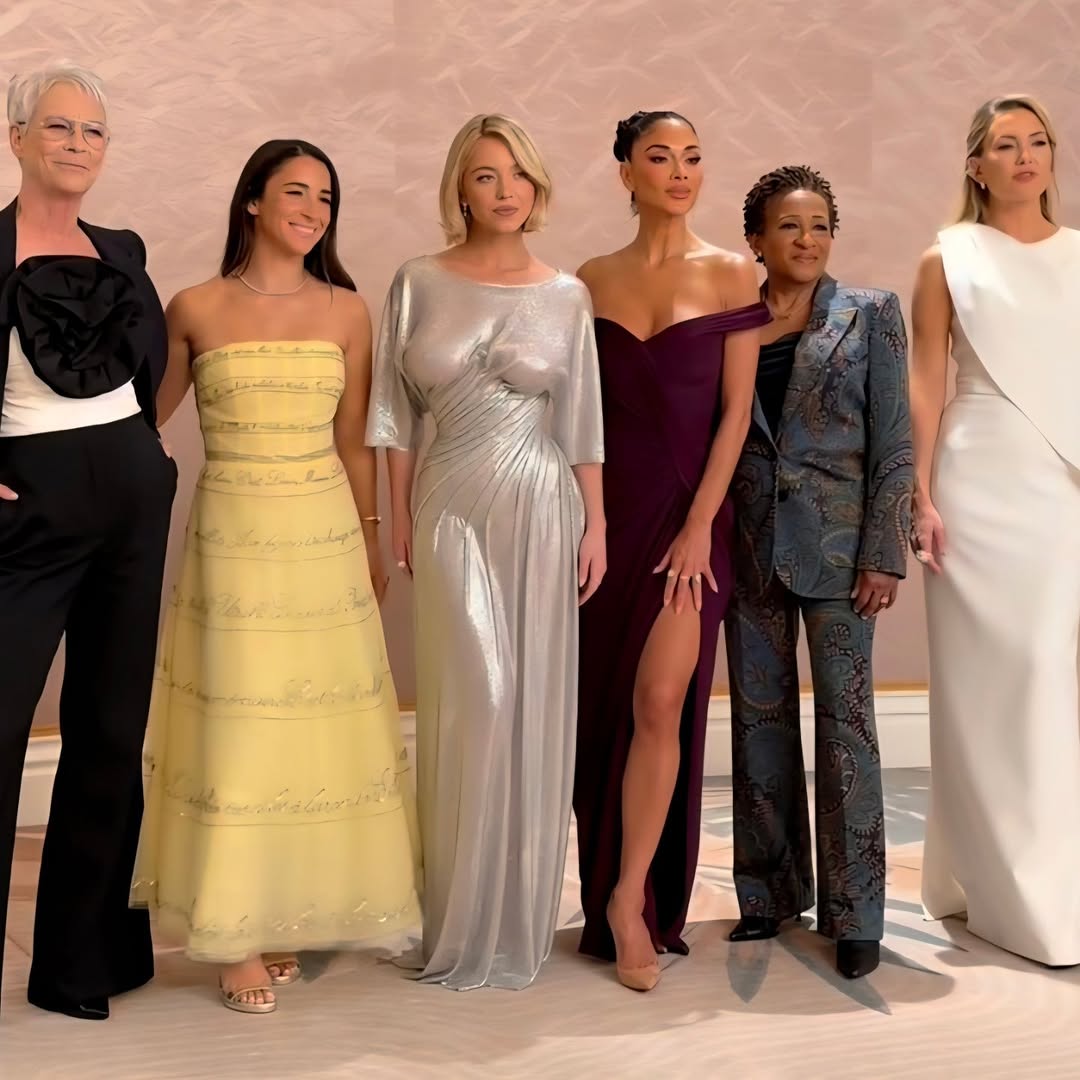

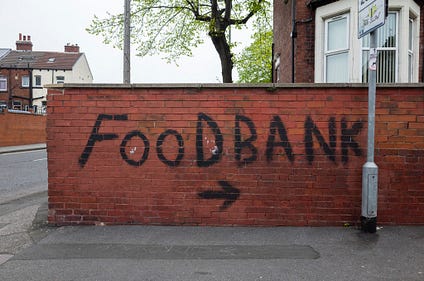

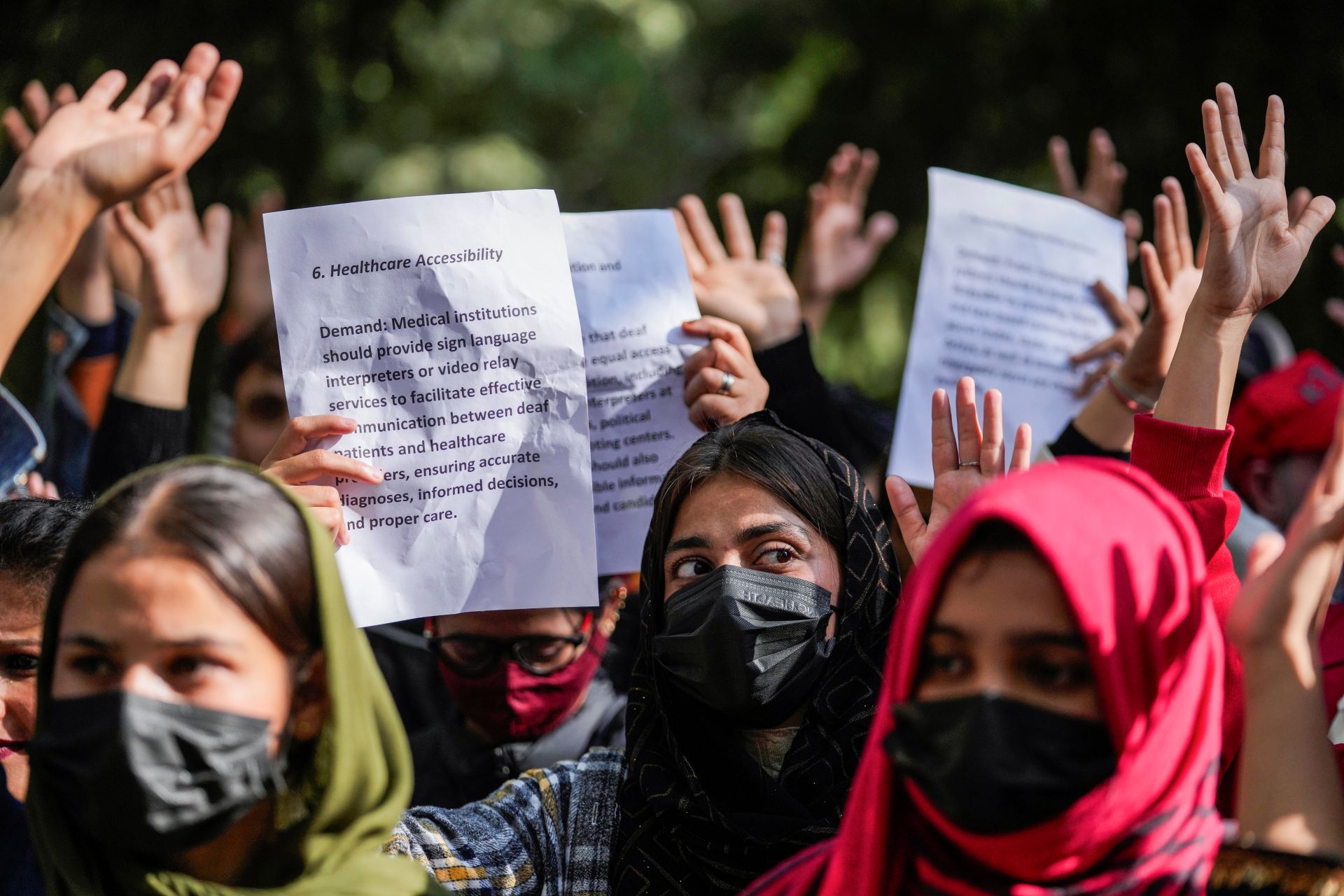



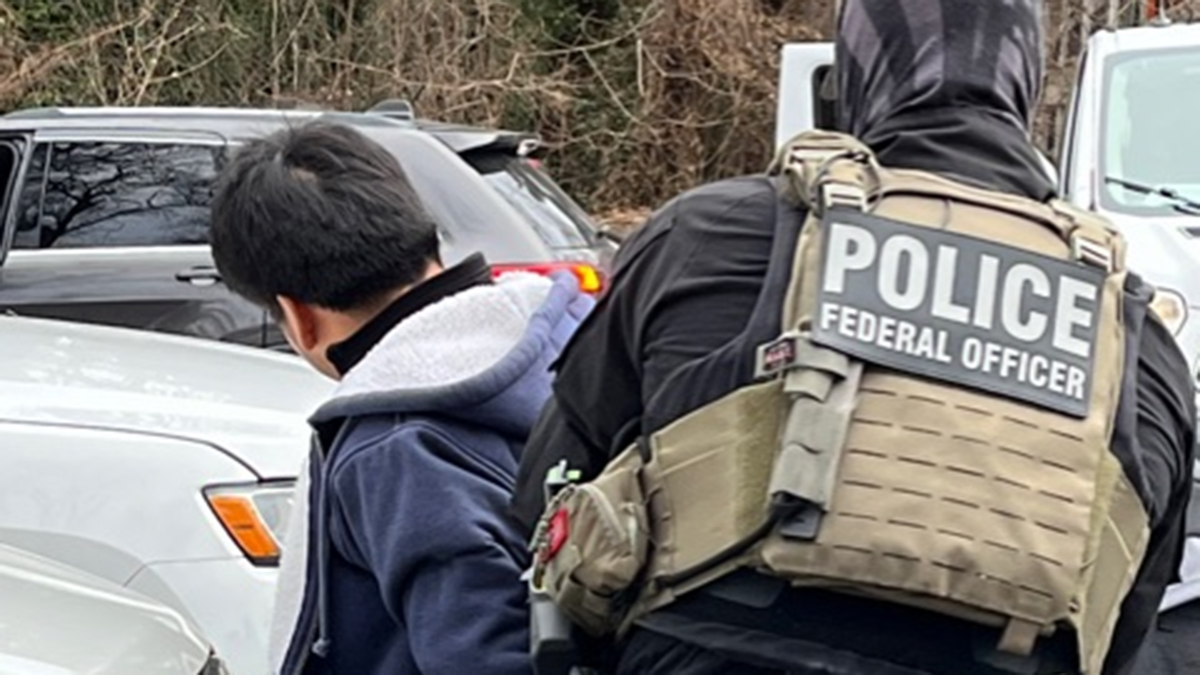




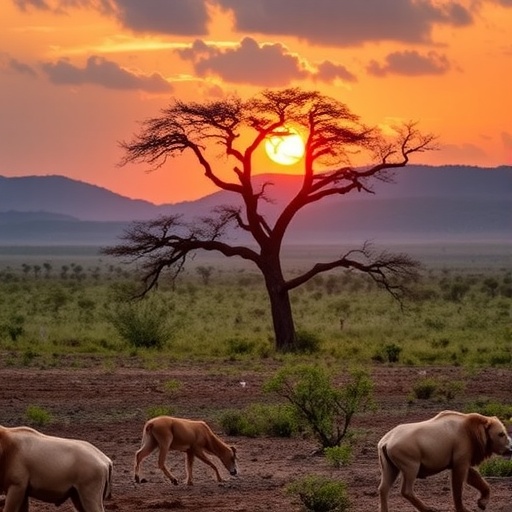
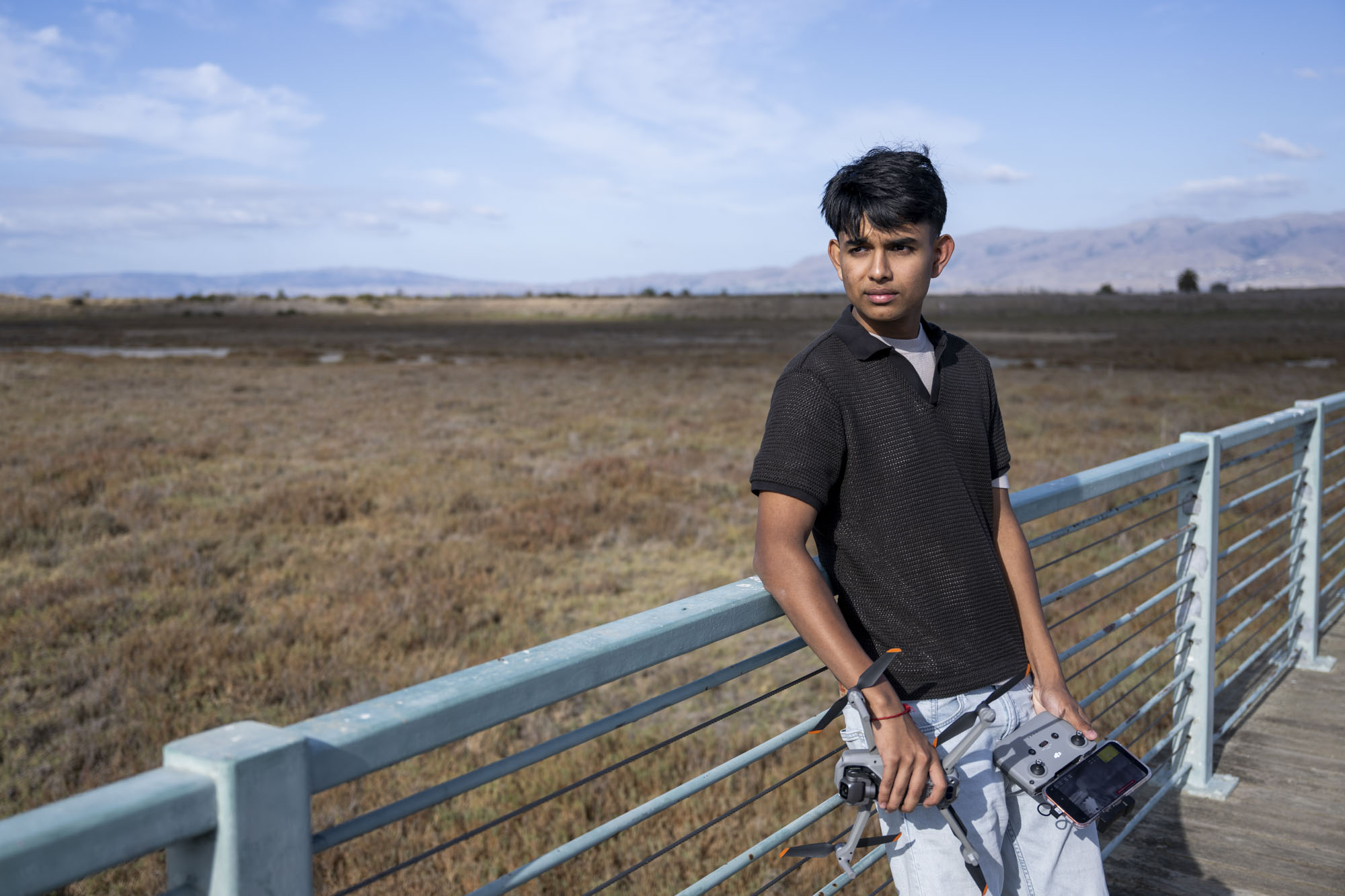
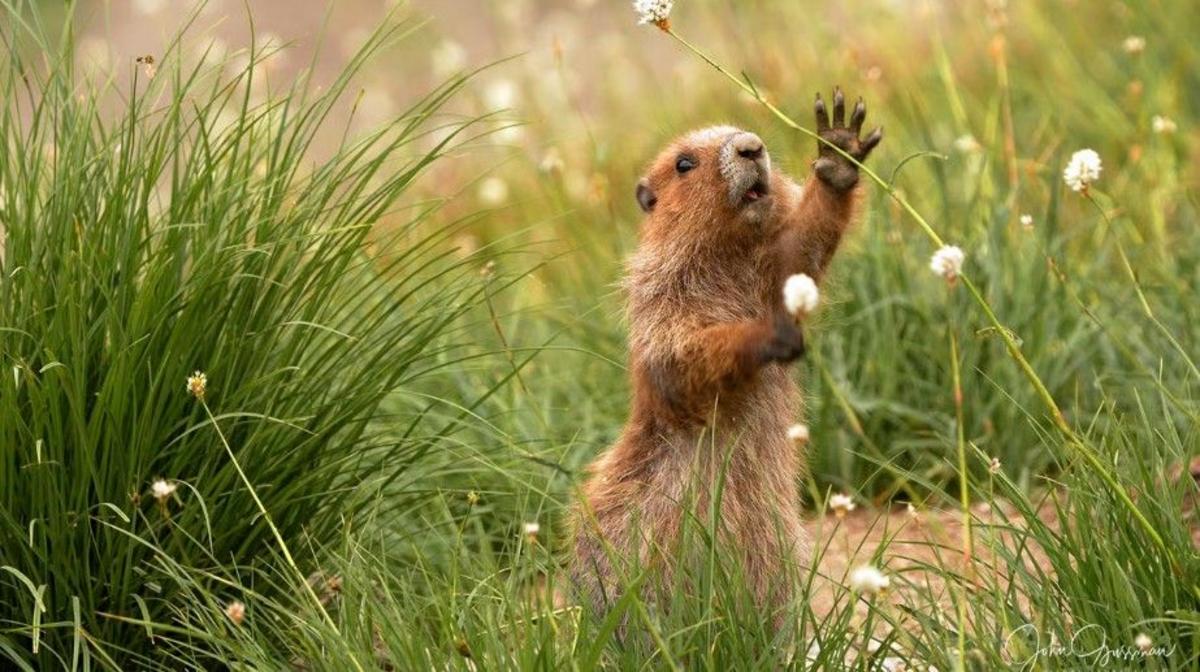


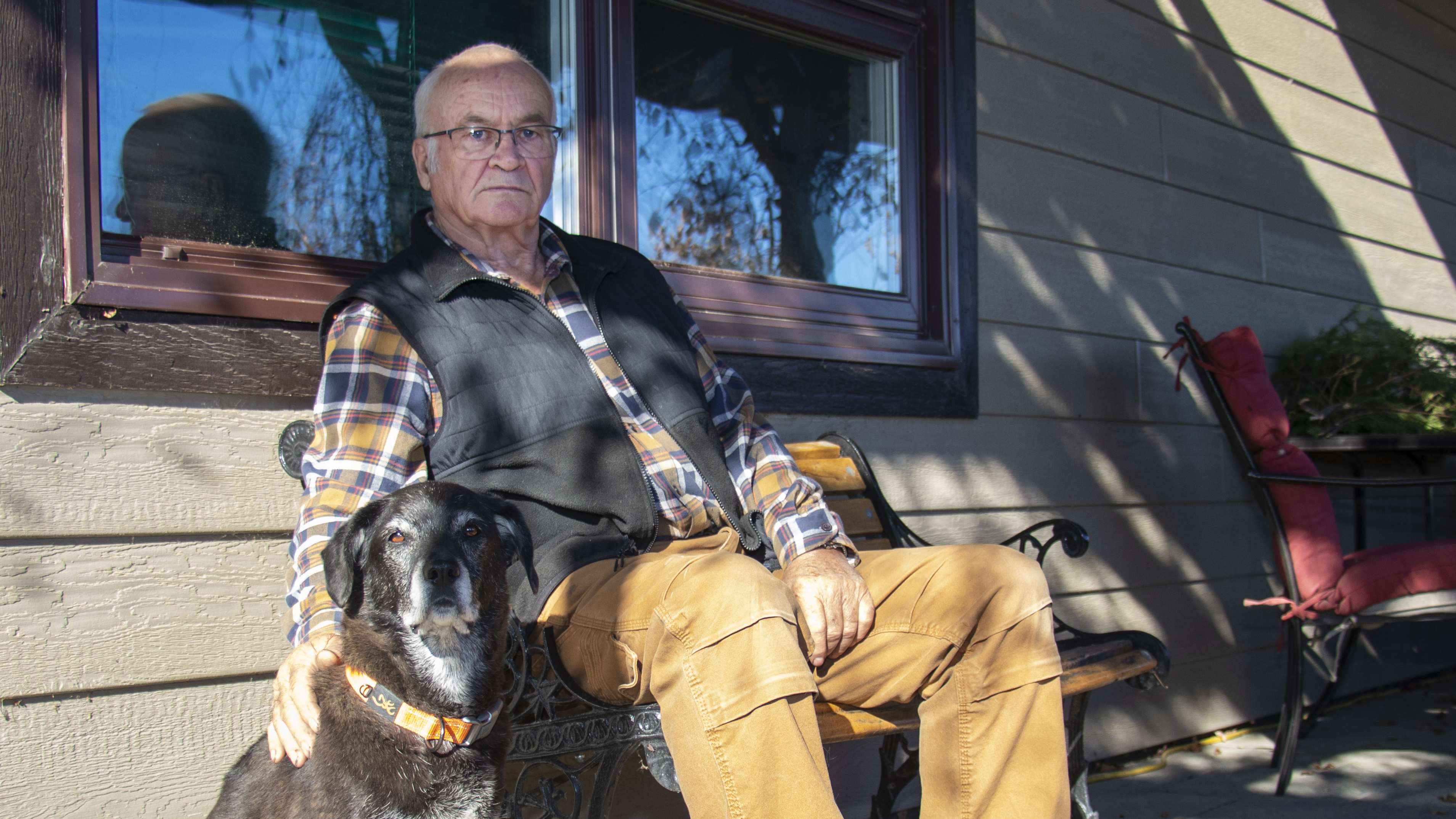;Resize=805#)
